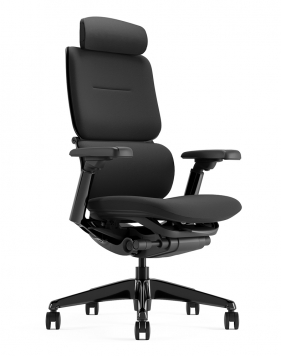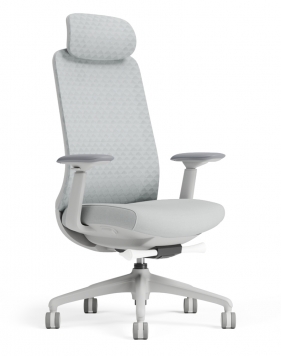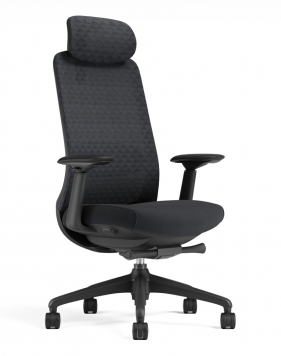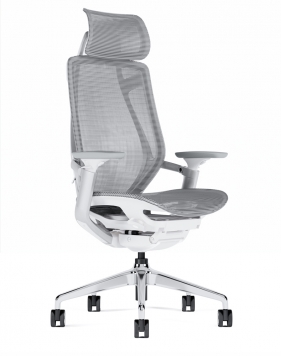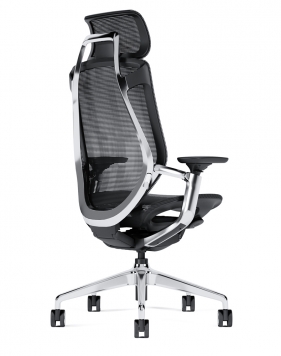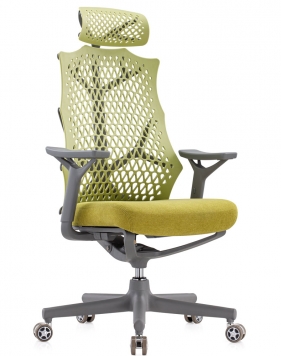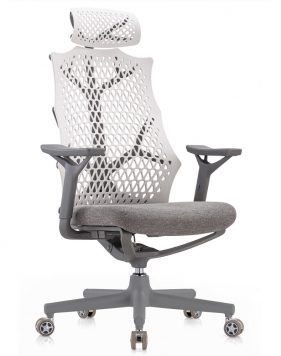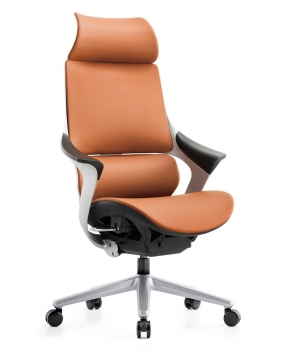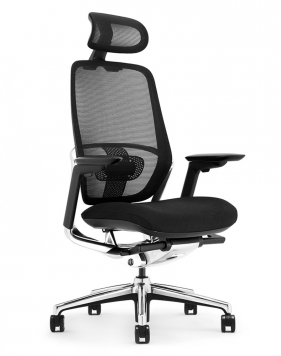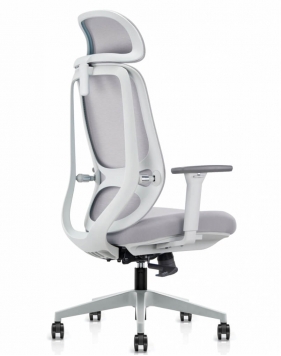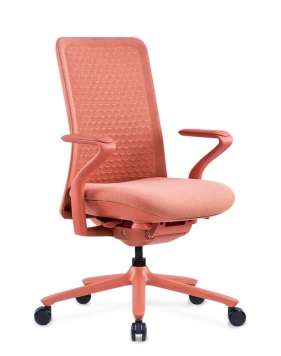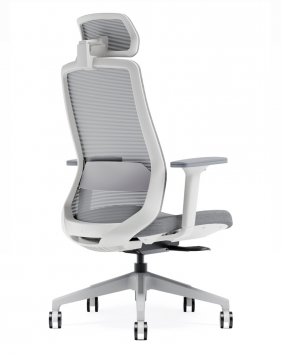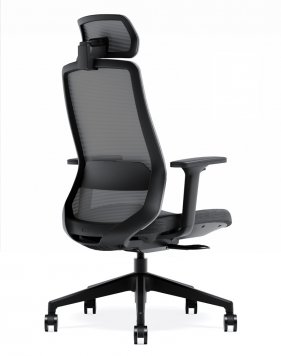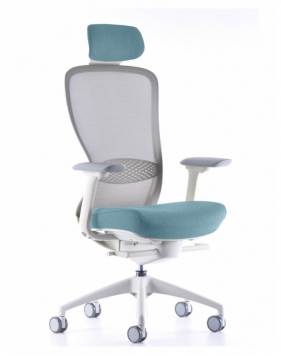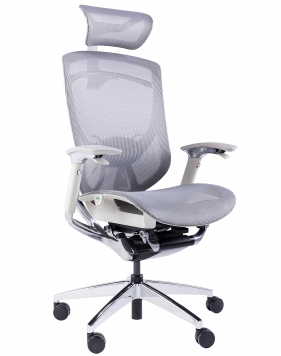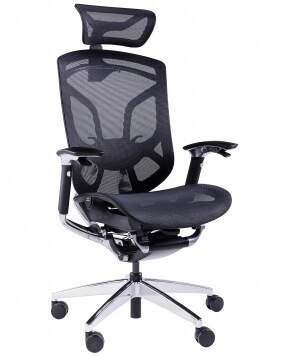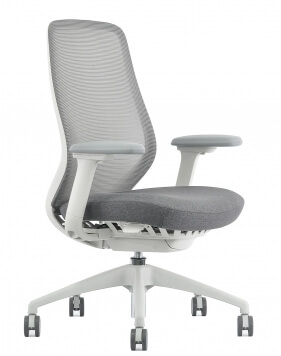Essential Features for Healthy and Comfortable Sitting
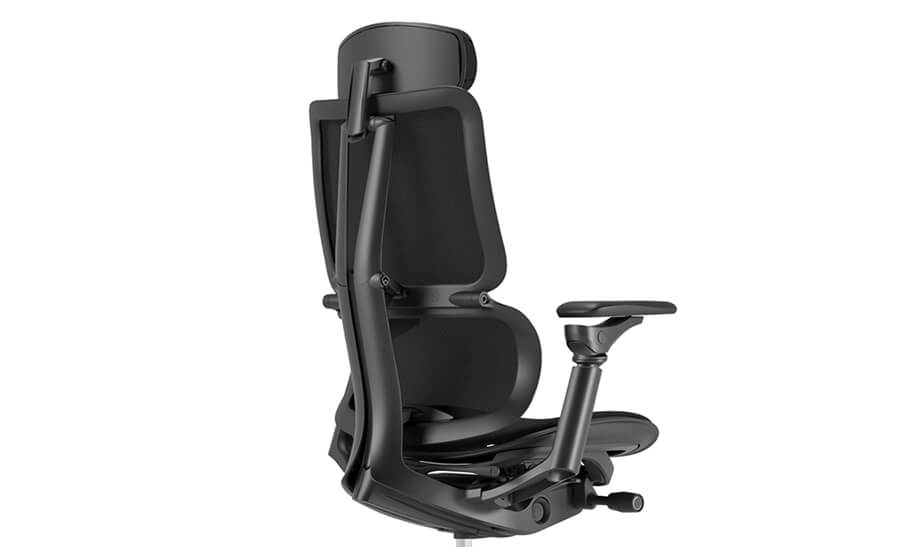
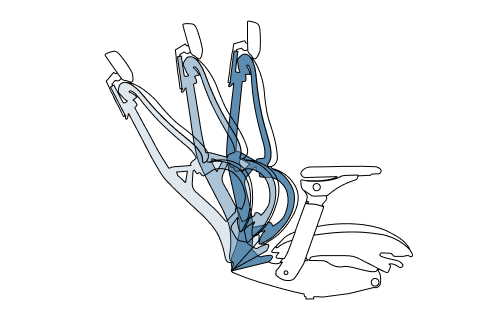
Tilt with Adjustable Tilt Tension
Enables smooth reclining with adjustable tension through a knob under the seat. A lever or rod locks/unlocks the tilt, which can be released by reclining slightly, ensuring secure support upright and free movement when needed.
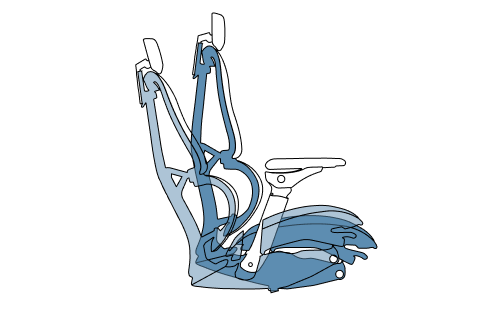
Synchro Tilt Adjustment
Synchro-tilt mechanism allows the backrest to recline more than the seat, keeping the seat nearly level with the floor. This provides a smoother, more ergonomic recline compared to a traditional rocking motion.

Seat Pan Depth Adjustment
Slide the seat forward or backward to position the seat edge just behind your knees, improving thigh support, promoting healthy circulation, and enhancing overall comfort.

Adjustable Armrest
Raise, lower, slide, or pivot the armrests to keep your arms supported and shoulders relaxed, reducing strain and improving overall comfort.
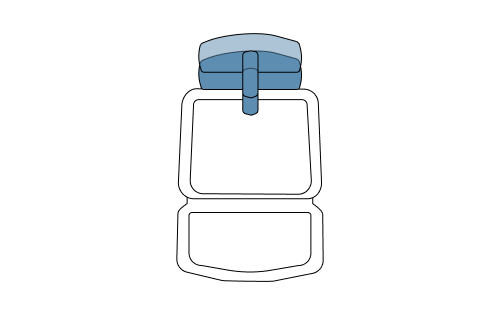
Headrest Adjustment
Tilt or raise the headrest to support your head and neck maintain proper posture and reducing neck and shoulder tension during long sitting periods.
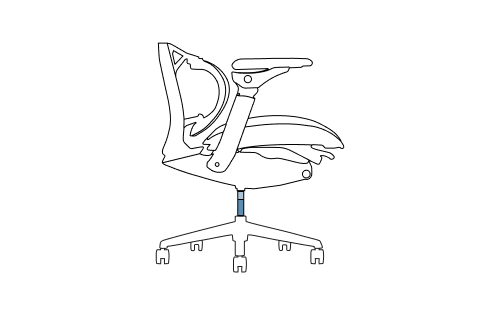
Height Adjustment
Lift or lower the seat using the lever beneath the chair to keep your feet flat on the floor and knees at a 90° angle, promoting proper posture and reducing leg strain.

Backrest Adjustment
Easily raise or lower the backrest to align with your spine’s natural curve, providing proper lumbar support and reducing back strain.

Lumbar Support Adjustment
Adjust the lumbar support to fit the natural curve of your lower back, promoting healthy posture and reducing back strain during extended sitting.

Normal Sitting to Hunched Sitting
The chair’s backrest and frame moves with your body, maintaining lumbar support as you shift from upright sitting to a forward-leaning posture perfect for focused tasks while keeping your spine aligned.

